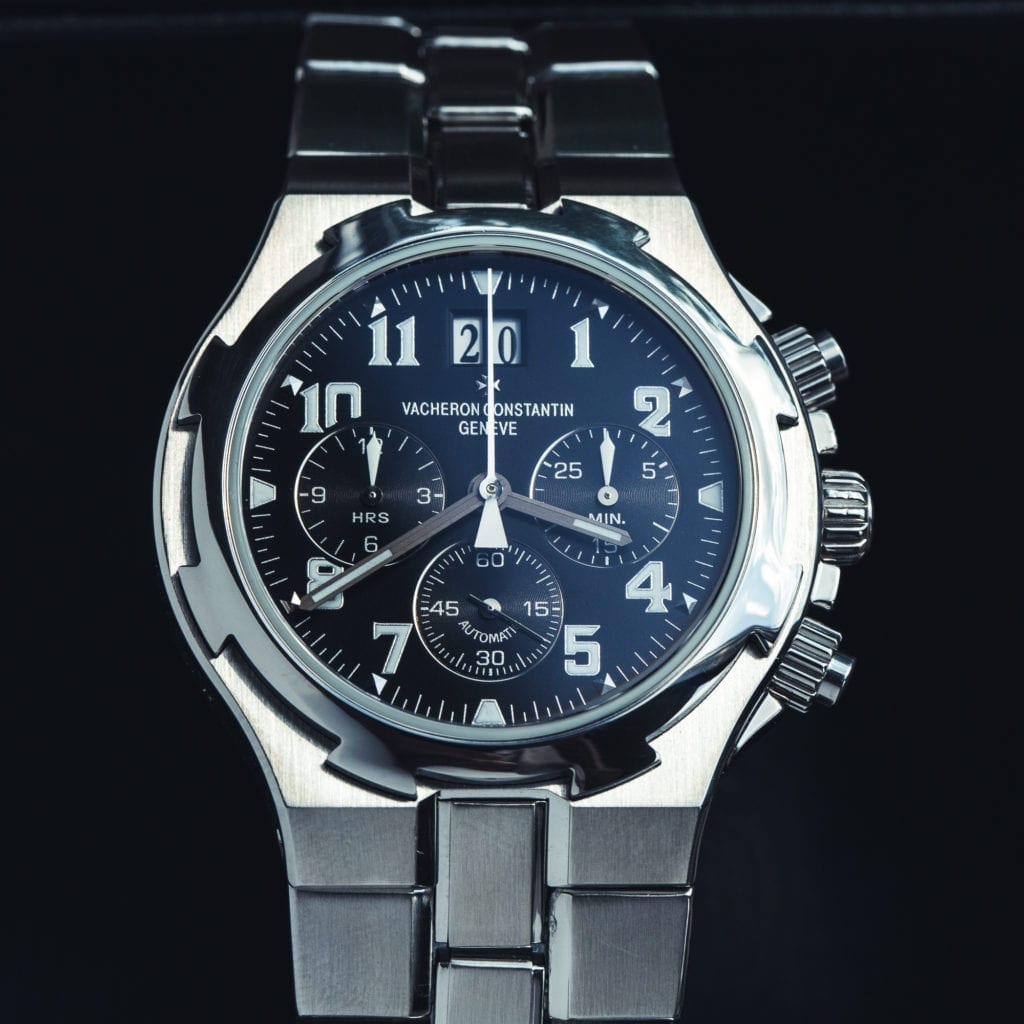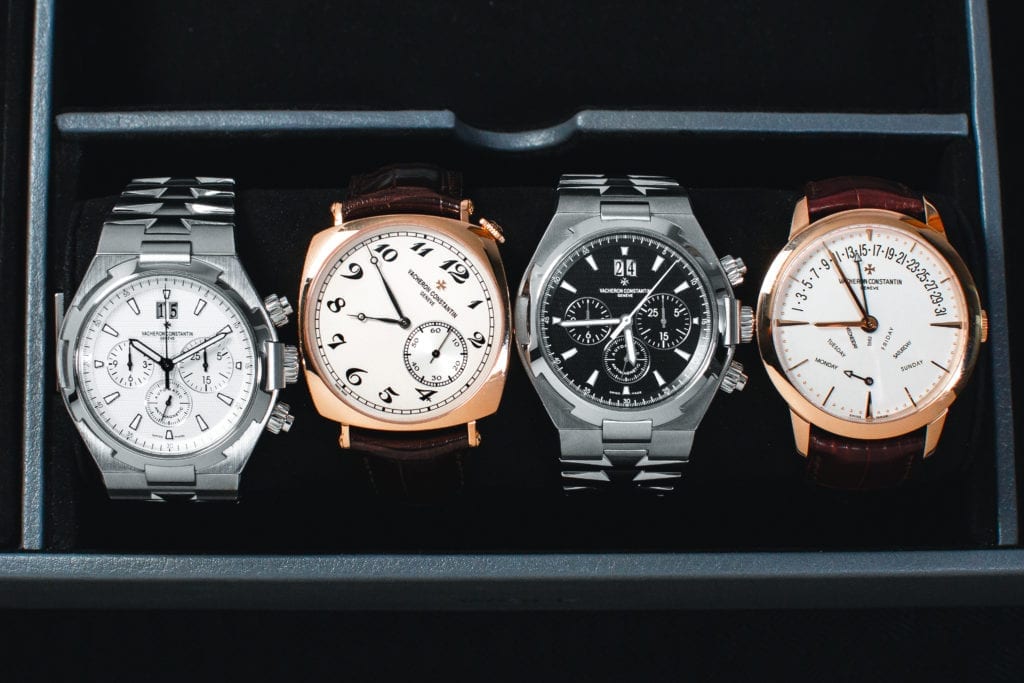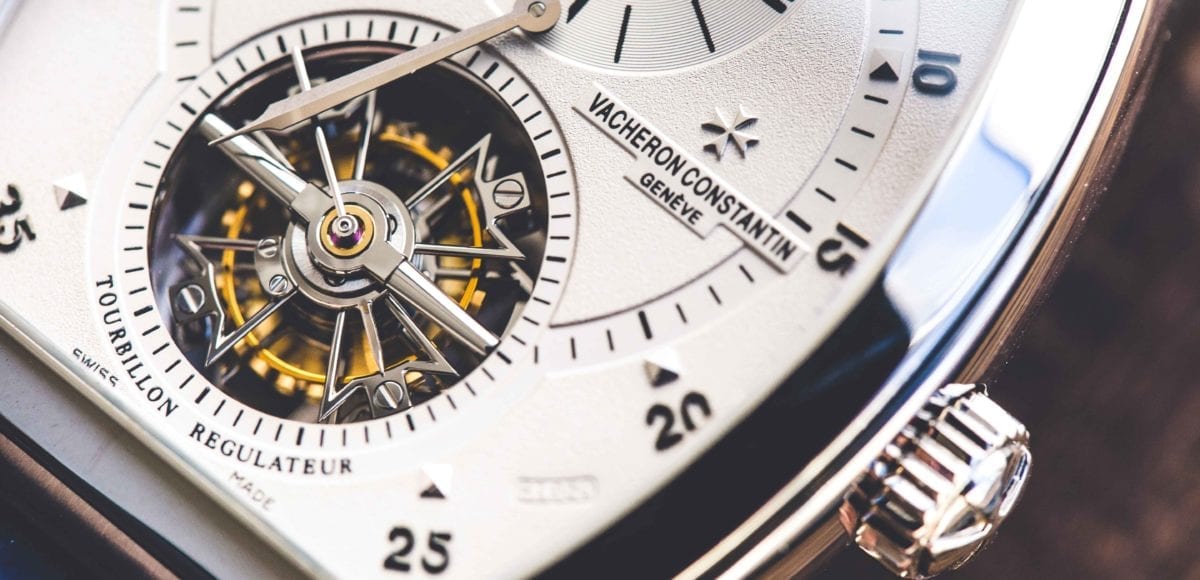Vacheron Constantin – Powerful Brand, Powerful History
Vacheron Constantin is one of the oldest watch manufacturers in the world that has remained in continuous production. For over 250 years, they’ve built a reputation for producing some of the most technically advanced watches on the market. In addition to being highly regarded among the watchmaking community, Vacheron Constantin has reached cult status among consumers. With famous wearers like Queen Elizabeth II and Marlon Brando, the brand has solidified its place in horological history.
Vacheron Constantin’s Beginnings
Though the Vacheron brand didn’t establish until 1755, the brand’s heritage dates back to the mid-1500s. In the sixteenth century, religious reform dictated much of Europe. During this time, Switzerland was a place of refuge for many Protestants fleeing persecution in their native countries. As a result, many skilled artisans flocked to Geneva. These individuals helped build the city’s watch and jewelry industry as we know it today. Jean-Marc Vacheron was one such artisan. The first timepiece to bear his signature was a silver pocket watch that was far ahead of its time. Within the first two decades of business, Vacheron started establishing his brand as a pioneer in the industry.
The Next Generation of Family Leadership

Vacheron’s legacy perpetuated through three generations of family leadership. His grandson, Jaques-Barthelemy, really helped the company to flourish. In fact, he led the Vacheron brand into a new era by focusing on expanding to markets outside of Switzerland. Jaques-Barthelemy sought to grow the brand’s presence and reputation by exporting watches to France and Italy. Before long, the company was expanding at such a rapid rate, he realized he needed support to keep up. So, he decided to partner with a well-known business strategist named François Constantin. Constantin quickly helped to take the brand to new heights, building upon Jaques-Barthelemy’s work to grow their reputation in new markets. Soon, Vacheron Constantin was officially born.
Technical Prowess – A Step Above the Rest
Despite the brand’s growing successes in its first 60 years of business, Vacheron Constantin was just getting started. In 1839, they hired an engineer named Georges-Aguste Leschot to begin designing their parts. He developed a machine called the pantograph. It made individually crafted elements of the movement interchangeable and allowed the watchmakers to mechanically duplicate them. This helped them spearhead the standardization of movements into calibers and the industrial age of watchmaking. In return, the Arts Society of Geneva awarded Leschot and the brand the Rive Prize’s gold medal in 1844.
A New Age of Leadership and Advancement

François Constantin passed away in 1854 followed by Jaques-Barthelemy nearly a decade later in 1863. Their heirs continued to keep the business in the family, relying on the strong foundation laid before them. They continued to embody the brand’s original pioneering spirit by joining the Association for Research into Non-Magnetic Materials. In 1869, they debuted their first pocket chronometer, and in 1872, they won awards at the Geneva Observatory’s chronometry competition. Finally, by 1885, the company had debuted its first nonmagnetic timepiece.
Around the same time, Vacheron Constantin adopted the Maltese Cross as their official logo. The insignia draws inspiration from a component of the watch barrel used in one of the brand’s early movements. It featured a cross shape used to limit the tension of the mainspring. Shortly after, the brand notched another milestone with the creation of one of the first wristwatches. The serially produced ladies’ model notably showcased a novel winding bezel.
Transitions and Challenges in the Twentieth Century
Without missing a beat, Vacheron Constantin has continued to be a potent force in watchmaking. In 1901, they made history by becoming the first watchmaker to bear the now-iconic Hallmark of Geneva. Five years later in 1906, they opened the doors of their first boutique.
The Great Depression posed uncertainty for Vacheron Constantin for the first time in the company’s history. By 1940, the Constantin family had lost a majority stake in the firm and the 185-years of family leadership ended. Now, the brand operated under the oversight of a man named Georges Ketterer. He was the Managing Director of the holding company that owned Vacheron Constantin as well as Jaeger LeCoultre. Ketterer proved to successfully usher the brand into the modern era.

In 1955, Vacheron Constantin celebrated their 200th anniversary with the debut of the world’s thinnest manually wound caliber. Many consider the Caliber 1003 to be the precursor to the ultra-thin movements we see today. About fifteen years later in 1969, Georges Ketterer passed away, and his son Jacques took over the company. He saw the brand through the Quartz Crisis and continued to ensure Vacheron Constantin ran with the integrity the founders intended.
Vacheron Constantin in the Modern Era
The illustrious Richemont Group acquired Vacheron Constantin in 1996 and continues to lead the company today. The new millennium marked a third century of watchmaking for the brand, one in which they’ve created some of their most memorable collections. The Patrimony debuted in 2000, the Overseas launched in 2003, and the Metiers d’Art released in 2007. In addition, the brand celebrated its 250th anniversary in 2005 with the unveiling of the Tour de I’lle, which features an astounding sixteen complications and 834 parts.
Since then, Vacheron Constantin has continued to break records and assert its presence as one of the premier watchmakers of our time. In 2019 alone, they introduced two impressive additions to the Overseas collection: a tourbillon and an ultra-thin perpetual calendar. This year, they also released the Traditionnelle Twin Beat Perpetual calendar, which features an astounding 65-day – yes day, not hour – power reserve.
Get More Articles Like This in Your Inbox
We're constantly creating great content like this. So, why not get it delivered directly to your inbox? By subscribing you agree to our Privacy Policy but you can unsubscribe at any time.






